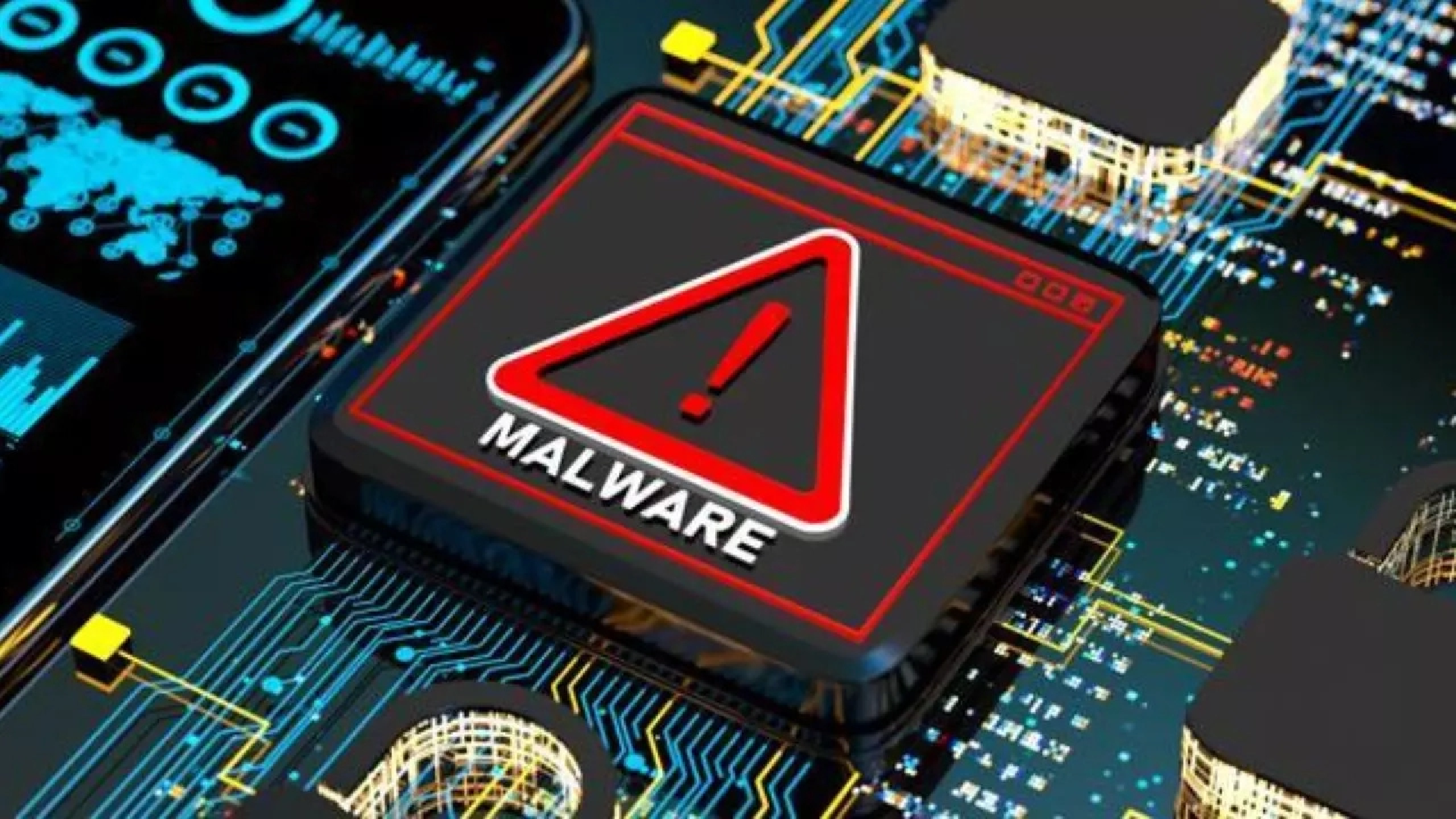Vo1d Malware Crisis: Over a Million Android TV Boxes Compromised in Latest Cyberattack
In a worrying turn of events, over 1.3 million Android TV streaming boxes have been infected by a new malware variant called “Vo1d.” This sophisticated malware has caused widespread security concerns as it spreads through outdated Android TV devices in various regions, including Brazil, Morocco, and Pakistan. The infection was first reported by the cybersecurity company Dr.Web, which revealed the malware’s complex structure and potential damage.
How Vo1d Malware Operates
The malware works through multiple stages. First, the module Android.Vo1d.1 activates Android.Vo1d.3, which in turn installs a more potent version called Android.Vo1d.5. These modules allow the malware to control the device remotely, download executables, and run them without the user’s knowledge. More dangerously, the malware monitors specific directories to install APK files found in those locations, effectively giving hackers control over the device.
The most alarming aspect of Vo1d is that it targets Android TV boxes running outdated or unpatched versions of Android. Most of these devices lack basic security updates, which makes them easy prey for cybercriminals. Even though a streaming TV box may not store sensitive personal data like a smartphone, once compromised, it could serve as a launchpad for further malicious activities, including botnet attacks and data breaches.
Key Devices Affected
Several off-brand Android TV boxes have been identified as being particularly vulnerable to the malware. These include:
- R4 with Android 7.1.2
- TV BOX running Android 12.1
- KJ-SMART4KVIP with Android 10.1
One reason why these devices are so susceptible is that they often come with outdated firmware and lack regular security patches. While users may not notice any immediate performance issues, these vulnerabilities make the devices easy targets for cyberattacks.
The Role of Off-Brand Devices
The infection primarily affects off-brand Android TV boxes that are not certified by Google’s Play Protect. According to a statement from Google, these non-certified devices don’t meet the quality and security standards required for Android TV products. As a result, they are more likely to be compromised by malware like Vo1d. Google advises users to check whether their Android TV devices are Play Protect certified before making any purchases.
The Growing Threat of IoT Malware
The rise of malware like Vo1d underlines a broader trend: the increasing vulnerability of IoT (Internet of Things) devices. As more households incorporate smart devices, from TVs to home assistants, the attack surface for cybercriminals continues to grow. This trend underscores the importance of regular software updates and robust cybersecurity measures to protect not just computers and smartphones but also IoT devices like Android TV boxes.
How to Protect Your Android TV Box
- For those who own an Android TV box, especially off-brand models, it’s essential to take proactive measures:
- Check for updates: Ensure your device is running the latest firmware. If your device manufacturer does not provide updates, consider switching to a Play Protect certified product.
- Install antivirus software: Some Android-compatible antivirus solutions can detect malware like Vo1d and help prevent infection.
- Avoid third-party app stores: Download apps only from trusted sources, such as the Google Play Store.
- Factory reset if infected: If you suspect your device is compromised, performing a factory reset may help, although the malware may reinstall if it’s deeply embedded in the system.
Conclusion
The Vo1d malware crisis serves as a wake-up call for users of smart devices. As the digital landscape becomes increasingly interconnected, the need for rigorous cybersecurity measures has never been more crucial. While the exact source of the Vo1d malware remains unclear, its rapid spread highlights the dangers posed by using unsecure, outdated technology. Regular software updates, using certified devices, and adopting smart security practices are essential to safeguard against future threats.
Author









